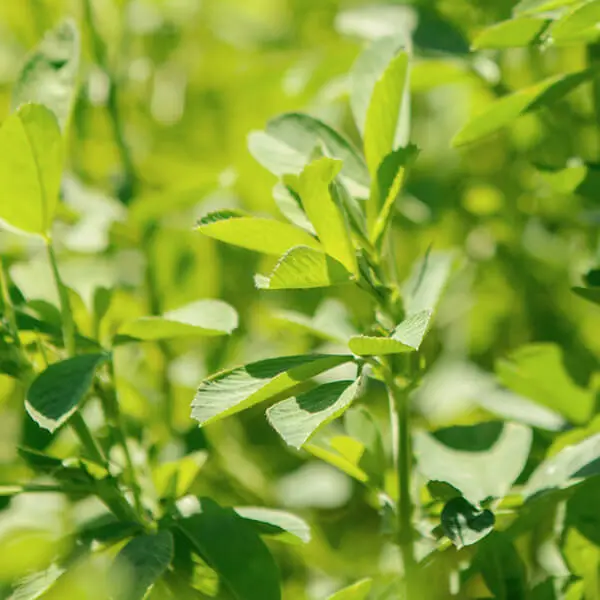(800) 352-5247
- Seed Finder
- About
- Resources
- Find a Dealer
- Blue River Organic
- Viking Non-GMO
- Login
Get top yields, high quality, and outstanding persistence with our lineup of conventional alfalfa varieties available from Viking non-GMO and Albert Lea Seed. When selecting an alfalfa variety, it’s important to consider how long the field will be in production, how many cuttings a year you plan to take, the end use for the forage (quality needs), and the unique challenges for the field location (disease/insects). For practical knowledge and friendly advice on which alfalfa varieties to select for your farm, reach out to your local Viking non-GMO dealer or give us a call (800).352.5247.
Showing all 12 results
Get top yields, high quality, and outstanding persistence with our lineup of conventional alfalfa varieties available from Viking non-GMO and Albert Lea Seed. When selecting an alfalfa variety, it’s important to consider how long the field will be in production, how many cuttings a year you plan to take, the end use for the forage (quality needs), and the unique challenges for the field location (disease/insects). For practical knowledge and friendly advice on which alfalfa varieties to select for your farm, reach out to your local Viking non-GMO dealer or give us a call (800).352.5247.














